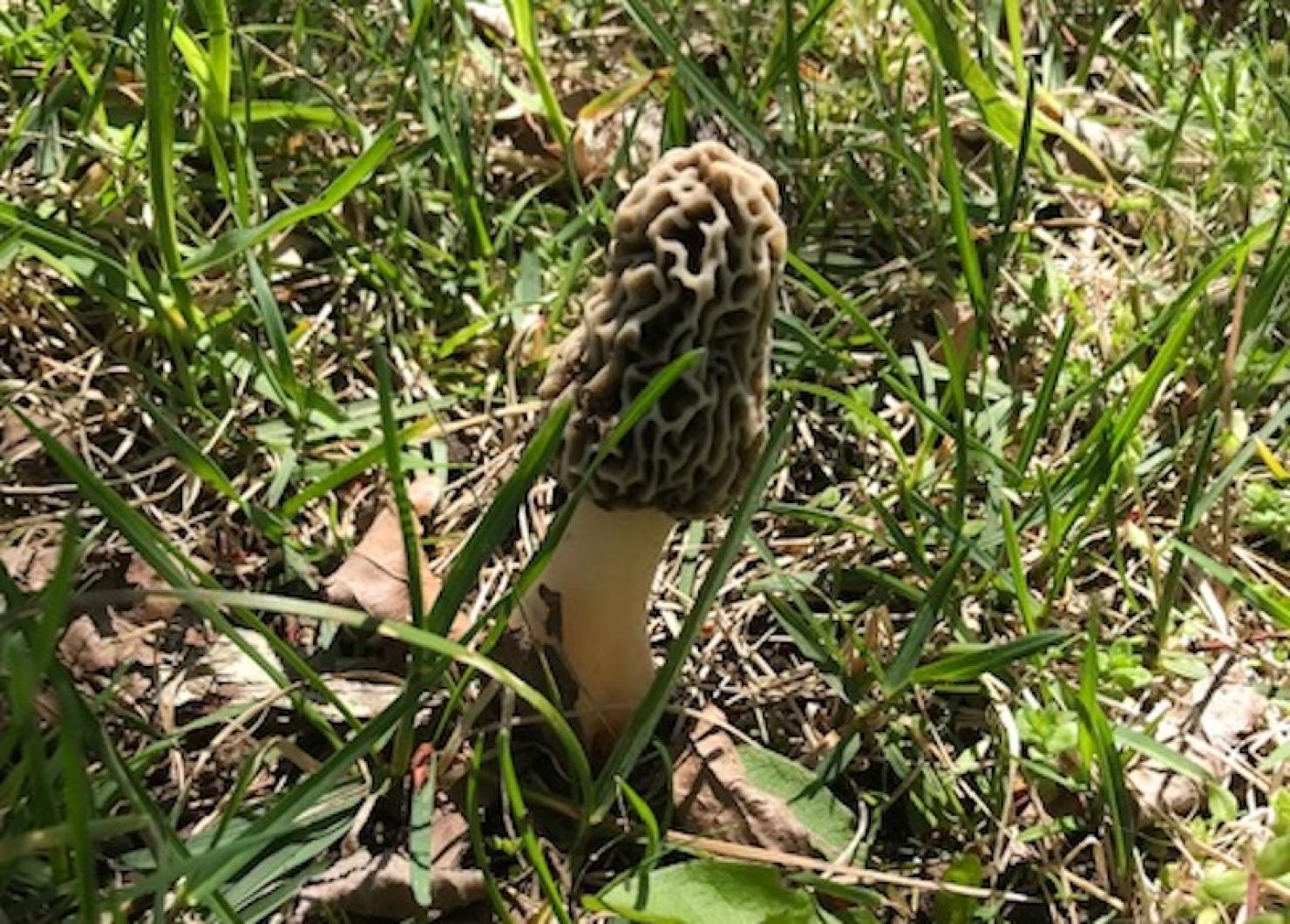Most of us are not in the morel majority.
It takes a special type of dedication, skill and luck to find morel mushrooms, and those few that do are rewarded with a most prized culinary delicacy. Morels are considered the best of the edible mushrooms — a special high-value food that is only obtained by hand, since commercial cultivation has not yet been successfully accomplished.
It may seem incredible (or refreshing, depending on your point of view), that there are still wild edibles that have not yet been tamed enough to be grown in captivity.
You don’t need a morel compass to find these mushrooms. There are many suggestions on where to look. Morels are found on disturbed, burned or recently cleared lands, and prefer loamy soil and sunny, south-facing slopes. They like to live under apple and other orchard trees, in wet woodlands, under dead trees, and at the edge of forested areas, and have even been found in woodchip piles and damp cellars.
Many offer advice to novice mushroom hunters, but truth be told, morels are mysterious movers that pop up in a variety of locations and do not always reappear in the same place year after year. They are known to be “everywhere and impossible to find.”
Now is the time to seek out these delicacies. Their emergence in the spring aligns with the blooming of trees. Morels have a wide geographic range and have interesting names in different regions. Kentuckians call them hickory chickens, while in West Virginia they are molly moochers, muggings, and muggles. In Appalachia snakeheads or haystacks are the local nomenclature. Other aliases include merkels (or miracles) for their use as a famine food, and dryland fishes, which describes their shape and appearance when sliced, breaded and fried.
The part of the organism that we eat might be compared to the fruit of a plant. The emerging mushroom is the part the we see. Below the ground is the mycelium, which is not harmed when the top part is harvested and can and will continue to push out more heavenly heads.
Mushrooming is an activity that does take some expertise. Uninformed choices can be disastrous and even deadly. An amusing adage explains: “There are old mushroom pickers and there are bold mushroom pickers, but there are no old-bold mushroom pickers.”
So, a disclaimer: although morel mushrooms are distinctive, never, ever eat a mushroom you have gathered in the wild unless your identification of it is beyond a doubt. Look for morels’ tubular or oblong shape and honeycomb-like exterior. Their color is variable and can appear as gray, yellow, red, brown, ash or black. And they can be as small as your pinky or as large as your hand. The interior of this mushroom will be hollow and whitish.
Be aware of lookalikes! False morels are similar, but have brain-like folds on their exterior rather than the honeycomb of the true morel, and are toxic, causing stomach upset, loss of muscle coordination and even death. So you can see why I emphasize erring on the side of caution.
If you’re sure you’ve found the real deal, eat them quickly, but never raw as morels contain a toxin that is neutralized by cooking. Clean your shrooms as best as you can, or else you might be also consuming dirt and insects. To preserve the mushrooms (but hopefully not that extra protein and grit), try flash freezing, drying or dehydrating.
And why is all this effort worthwhile? Well, morels’ unique flavor has been described as nutty, earthy, woodsy, toasted and meaty.
If you are well-equipped for the hunt, find morels as quickly as you can, because you have competition. Elk and grizzly bears will partake, and locally your rivals include deer and gray squirrels, and, I suppose, other savvy mushroom-loving Islanders.
While most of us won’t get to taste these mushrooms, those that spend the time and gain the knowledge of their identification will be handsomely rewarded. There is no morel to this story other than a suggestion to get outside, learn about wild provisions, and appreciate the joy and simplicity of finding and harvesting your own food.
Suzan Bellincampi is director of the Felix Neck Wildlife Sanctuary in Edgartown, and author of Martha’s Vineyard: A Field Guide to Island Nature and The Nature of Martha’s Vineyard.




Comments
Comment policy »